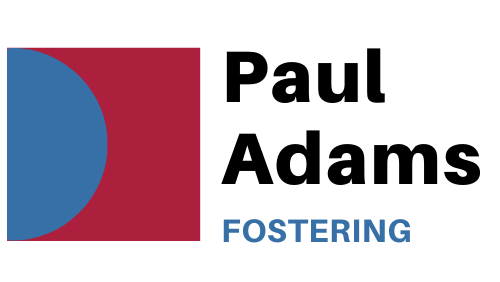Ofsted and the decision maker role
A few times recently Ofsted have criticised fostering services in relation to the role and practice of their agency decision maker. One such inspection (50291311) concluded that:
The independence and impartiality of the agency decision-maker is unclear. The responsible individual and agency decision-maker are a dual role. They also complete the registered manager’s supervision. This includes extensive discussion about case management. Consequently, the independence and objectivity of the agency decision-maker is questionable.
A recommendation followed:
The registered person should ensure that the roles of senior managers maintain independence and impartiality. In particular, this refers to the role of the agency decision-maker to ensure transparency, accountability and robust decision making. (‘Fostering services: national minimum standards’, 14.9)
In my opinion, this approach misunderstands the role of the Decision Maker, and misuses National Minimum Standard 14.9, which talks about the Decision Maker making a ‘considered decision that takes account of all the information available to them’ and does not mention ‘independence’ or ‘impartiality.’
In fact, there is nothing in the Fostering Regulations, statutory guidance, or National Minimum Standards that requires the Decision Maker to be independent of the agency. To the contrary, they are required to be a ‘senior person within the fostering service’ or a ‘trustee or director’ which by definition means that they will not be independent or impartial.
Historically some smaller fostering services have struggled to find a suitable senior person with the required skills and experience to be the Decision Maker, and have been criticised for appointing an external person to the role. When writing my practice note on The Fostering Decision-Maker (CoramBAAF, 2019) I communicated with Ofsted, who explained that they were not interested in the employment status of the position holder, but wanted to be assured that if an agency appointed an external person, they would be well placed to ‘influence the wider work of the fostering service’ as might be the case if they were employed by the agency.
The legislative framework was clearly constructed to include an independent element in the approval of foster carers. This is provided by the fostering panel process, and entails the appointment of an independent chair, and stipulates arrangements to ensure that the Decision Maker takes account of panel recommendations (and where relevant recommendations from the IRM). If it was intended that decisions about a prospective foster carer were made by a person independent of the fostering provider, then presumably the fostering panel (and IRM) would make decisions rather than recommendations.
It is also worth mentioning two pieces of case law - Abolarin v Liverpool City Council 2018, and Hofstetter v London Borough of Barnet and the IRM 2010 - where the actions of the Decision Maker are considered. In both cases the Decision Makers are clearly not impartial or independent of the service, but this is not identified as being problematic.
Ofsted appear to be suggesting that there is a conflict of interest if one person is simultaneously holding the positions of Responsible Individual and Decision Maker. I am unclear about why this might be so, and would suggest that where a Responsible Individual is a suitably qualified social worker, and where they are closely involved in making key decisions within the agency, then this should be considered as a strength rather than a weakness. In my role working with numerous fostering services, I am more worried about situations where the Responsible Individual has a limited involvement and/or poor understanding of the day-to-day work of the service.
Ofsted also imply criticism of arrangements where the Decision Maker is also providing professional supervision to the Registered Manager. That was set out very clearly in another recent inspection report (50287971). However, if we return to the Ofsted expectation that Decision Makers are able to ‘influence the wider work of the fostering service’ then it might reasonably be argued that providing professional supervision to the Registered Manager is amongst one of the best ways of achieving this.
My final point is about consistency. While the fostering services cited above are being criticised, I could name at least five fostering services rated as outstanding by Ofsted, where the Decision Maker is also responsible for supervising the Registered Manager. In some of those cases Ofsted have specifically praised the Decision Maker in terms of how they have contributed to the outstanding practice in those agencies.
I don’t usually encourage fostering services to challenge Ofsted, but on this issue, I think some Ofsted inspectors are misunderstanding the expectations set out in the legal framework, and are encouraging practice that is actually less good, rather than better. They are also in conflict with some of their colleagues who are approaching this issue quite differently.

